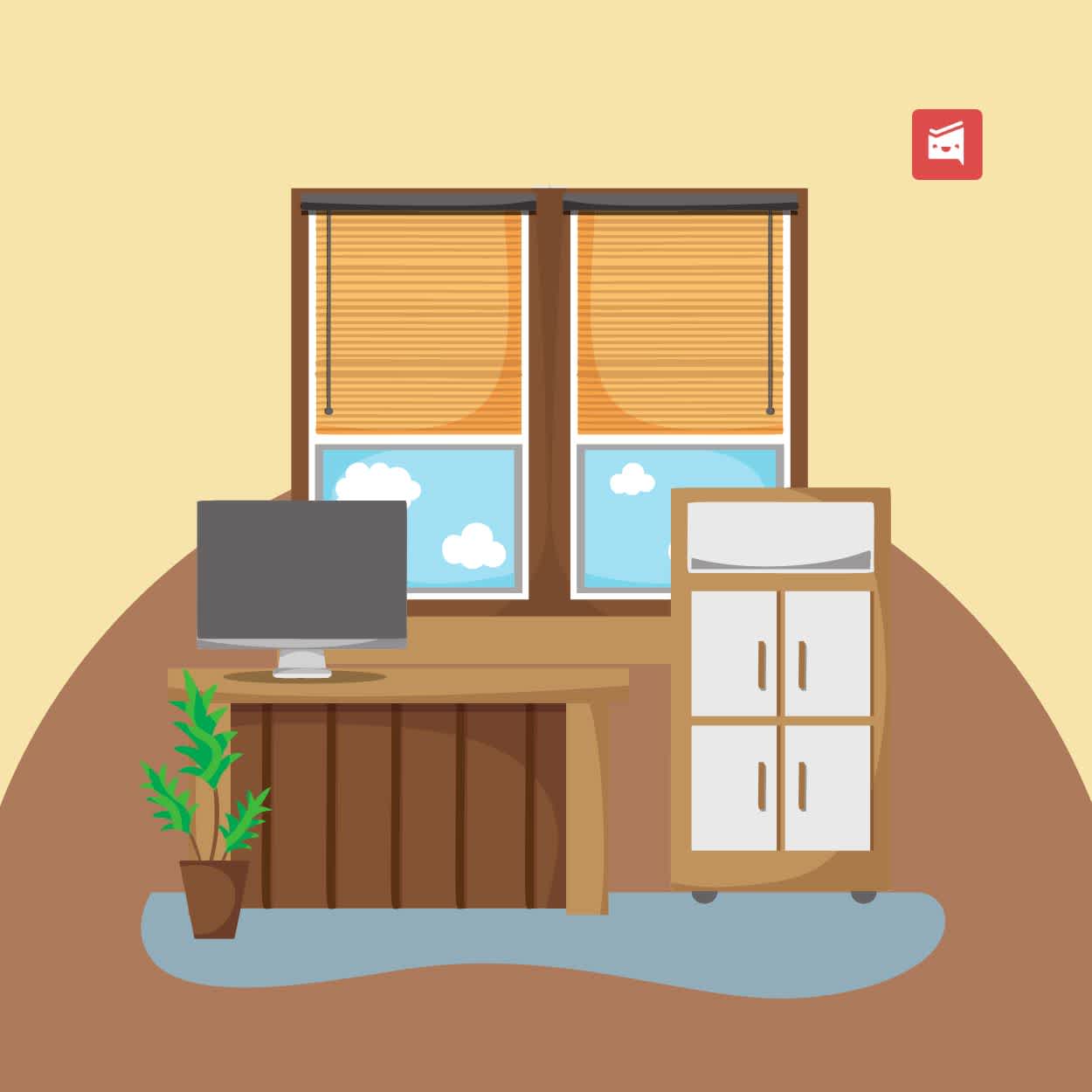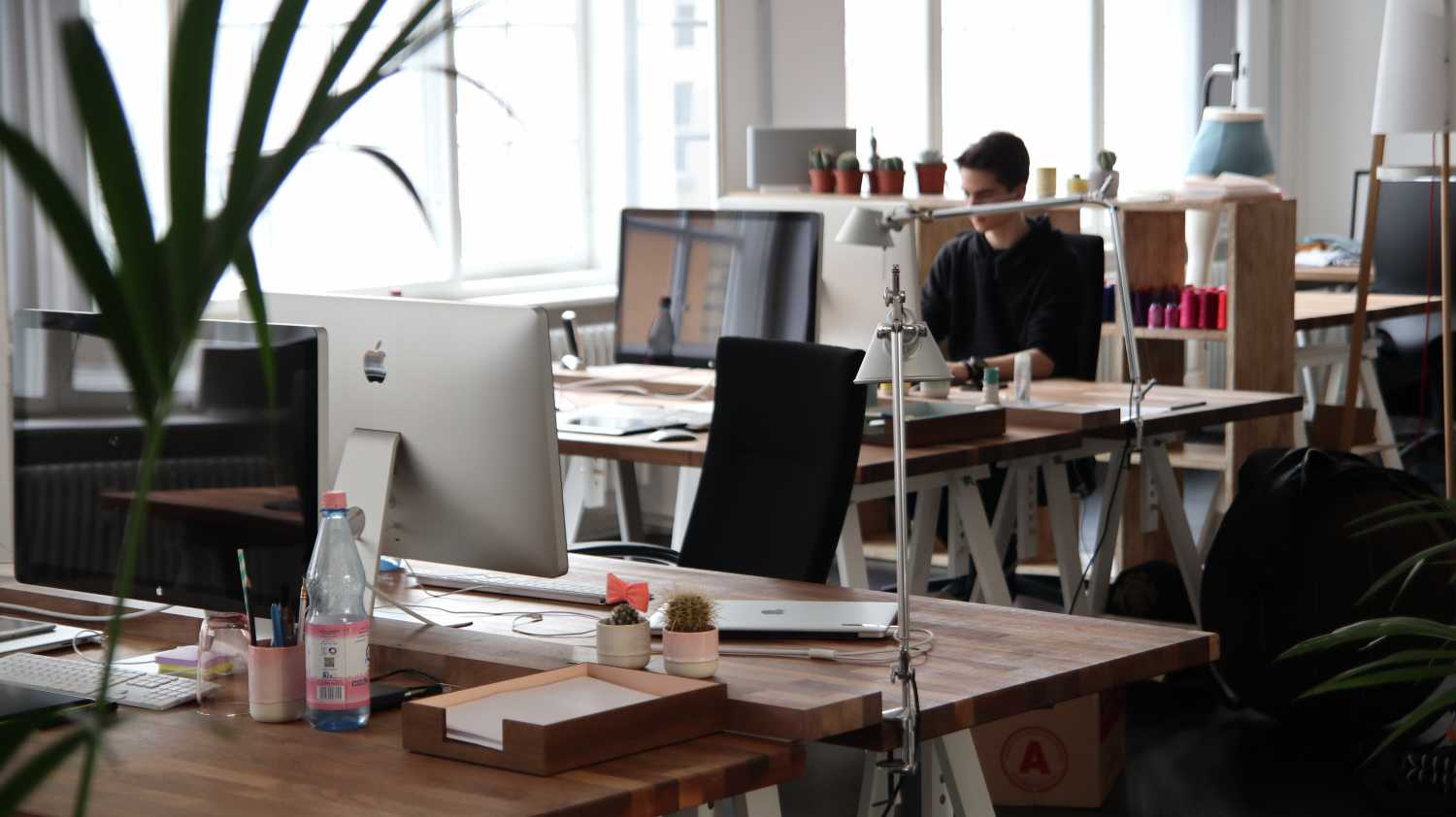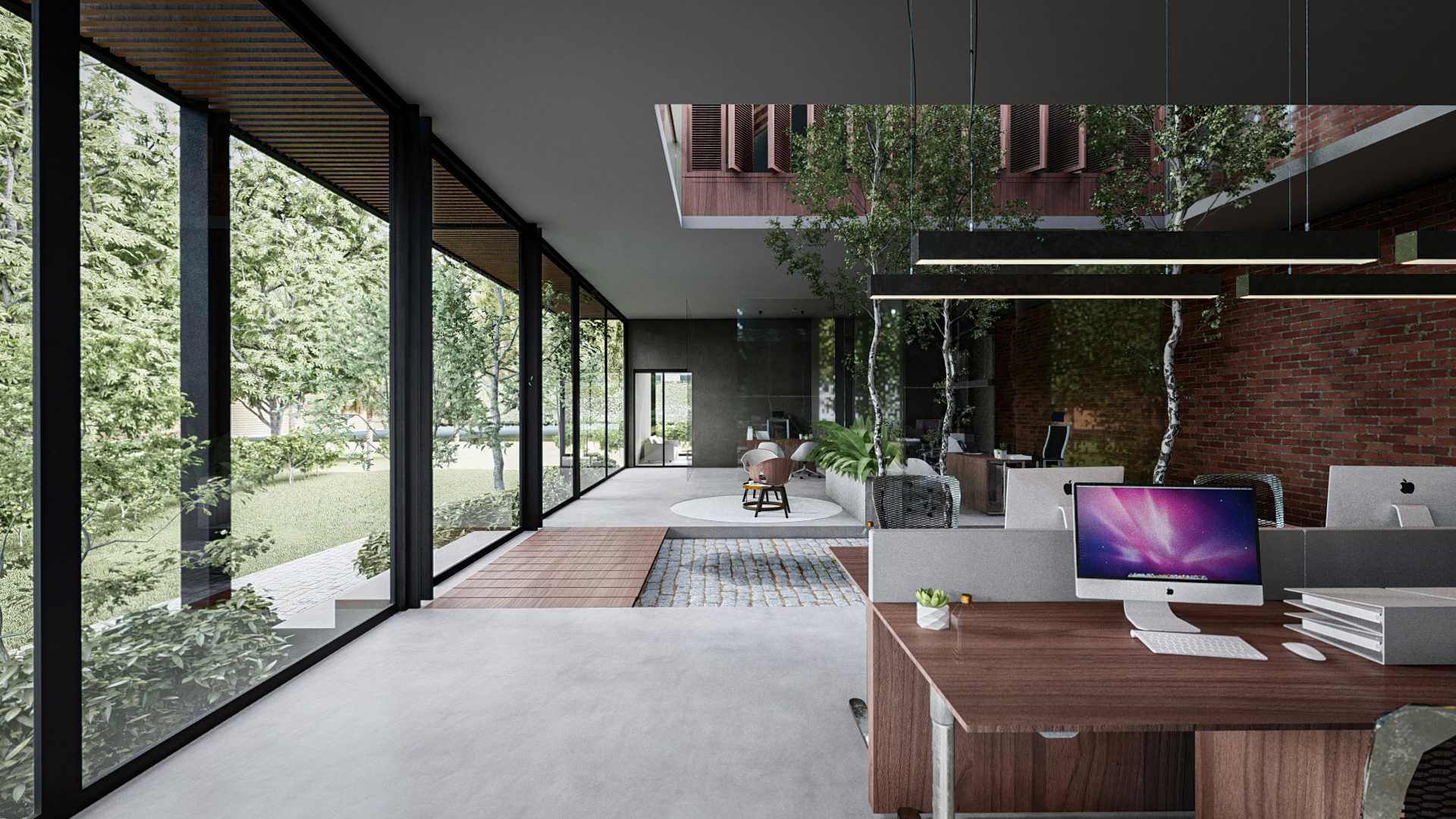6 Amazing Evolving Trends in Office Design
ByJulian Gette
Workast publisher

Workast publisher
As we step into the future, we observe that the concept of office design is undergoing significant transformation. This evolution is not merely about aesthetics, but it also focuses on creating spaces that stimulate creativity, foster collaboration, and enhance employee well-being. This document will explore and elucidate six remarkable trends shaping the future of office design. From adaptive spaces and sustainability to technology incorporation and employee-centric layouts, these trends are revolutionizing our perception of what constitutes an effective workspace. Join us on this informative journey as we delve into the core of these trends and understand their implications for the future of work.
These are flexible work environments that can be easily reconfigured to accommodate different work styles and tasks. Adaptive spaces aim to inspire creativity, improve productivity, and maximize the use of office space. For instance, installing plantation shutters to let in natural light and creating informal conference areas are some ways of transforming office settings. And if you were wondering what are plantation shutters, they are simply adjustable louvers that provide excellent light control and privacy. Additionally, in this era of work-from-home arrangements, office spaces must be designed keeping remote working models in mind. This means providing comfortable furniture for staff to use at their discretion and also ensuring that all tools and features needed for remote collaboration (such as video conferencing software) are available. Plenty of charging points and power sockets are also a must, as well as communal spaces for employees to come together for meetings or just to chill.
Increasing awareness about environmental issues has led to the incorporation of green elements in office design. From using eco-friendly materials to creating energy-efficient spaces, sustainability is a key trend shaping the future of office spaces. Additionally, offices can be designed to include areas with greenery and water features like ponds or mini-waterfalls. This creates a refreshing atmosphere that not only boosts employee morale but also reduces stress levels. Also, using LED lighting systems helps cut down on energy bills while preserving the environment. On the whole, sustainability is a critical element of modern office design that requires thoughtful attention. Moreover, it can also offer tax benefits to businesses, making it a win-win situation for everyone. For instance, eco-friendly modifications like installing LED lights can qualify businesses for government tax credits.
Technology is becoming an integral part of office design, offering employees the tools they need to work efficiently. Offices are incorporating advanced technologies like AI and IoT to create a more seamless and interactive workspace. This enables employees to access real-time data and collaborate with colleagues from any location. Furthermore, automated systems can be used to schedule meetings, manage attendance, and track employee performance metrics. The idea is to use technology as a tool that simplifies the everyday operations of office spaces while also enhancing user experience. A lot of companies are also investing in virtual reality systems to allow teams to work together in immersive 3D environments. More so, voice-controlled systems are being used to automate common tasks such as turning lights on/off and setting temperature levels. This is a very exciting trend that has immense potential when it comes to optimizing office spaces for maximum efficiency.
Companies are prioritizing the wellbeing and comfort of their employees in their office designs. This could include ergonomic furniture, ample natural light, and spaces designed for relaxation and socializing. Additionally, companies are investing in mental well-being initiatives such as yoga classes and meditation rooms to ensure that their staff is healthy and productive. Some offices are also creating dedicated workspaces for introverts and parents so that everyone can work in a comfortable environment. Overall, employee-centric office designs promote productivity while helping maintain a positive work culture. Furthermore, they give employees a sense of belonging, making them more motivated and engaged. Did you know that a well-designed office has been documented to increase employee engagement and productivity by up to 20 percent? It can also reduce employee turnover, thereby enabling companies to save money.
This design trend involves integrating elements of nature into the office environment. The inclusion of plants, natural light, and nature-inspired aesthetics aims to increase employee happiness and reduce stress. As per studies, this type of design has been proven to improve concentration levels as well as overall productivity. Furthermore, biophilic designs can also reduce carbon footprint and promote sustainability by incorporating energy-efficient systems. Companies can use this concept to create workspaces with a refreshing ambiance that balances aesthetics and functionality. Biophilic design also offers the opportunity to create unique and eye-catching office interiors. Smartly designed gardens, green walls, and comfortable outdoor seating are some of the elements one can use to create stunning yet practical office spaces.
Offices are becoming more health-conscious, incorporating features like standing desks, fitness rooms, and wellness programs into their design. These features aim to promote a healthier lifestyle among employees, enhancing their overall well-being and productivity. An office space with a well-equipped gym and yoga classes can help employees stay in shape while still being productive. Additionally, companies are investing in ergonomic furniture such as adjustable desks to minimize any potential health issues arising from prolonged sitting. Companies are also providing healthier snack options such as fruits and nuts to ensure that their staff is eating healthy meals during the workday. On the whole, incorporating health and wellness features in office design is a must for any modern workplace. On top of improving employee health, it also helps to create a more positive work environment.
In conclusion, the evolving trends in office design underscore a paradigm shift toward creating a more harmonious, productive, and sustainable working environment. The integration of technology, focus on sustainability, and prioritizing employee well-being reflects the ethos of modern businesses – working efficiently while caring for the environment and the well-being of their teams. As companies increasingly recognize the direct correlation between workspace design and employee productivity, satisfaction, and overall business performance, these trends are likely to gain momentum. Businesses aspiring to remain competitive and attract top talent must consider these trends in their office design strategy. Ultimately, the office of the future will be a smart, sustainable, and human-centric space that fosters creativity, collaboration, and wellness, in harmony with the environment.

